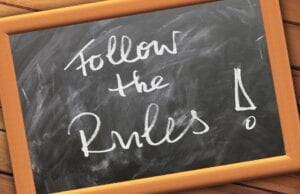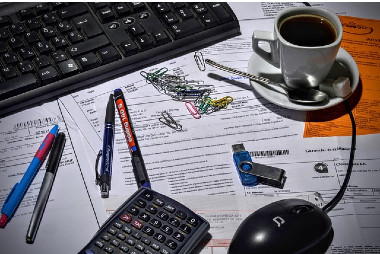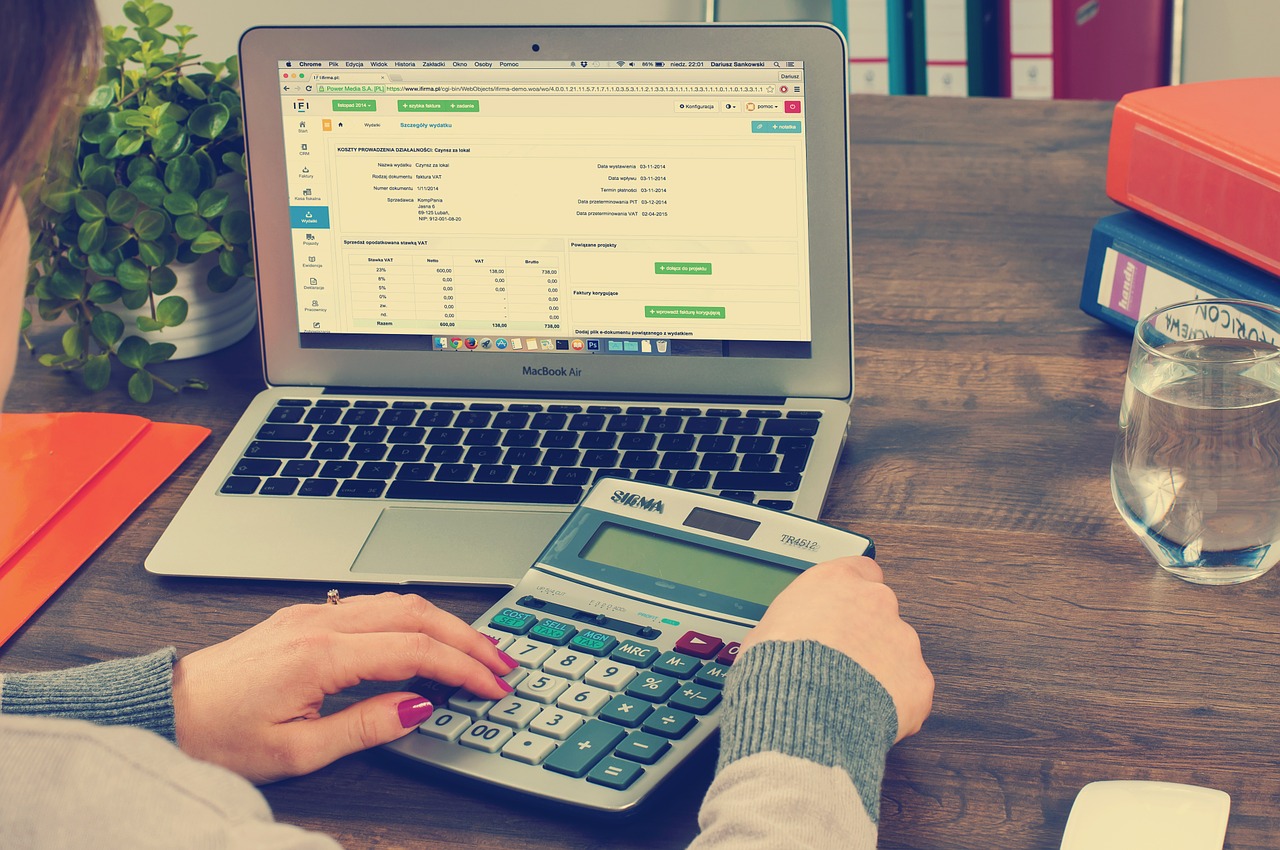By growing your superannuation you can take steps to make a positive difference to your…
Tax 2020 ATO Hotspots
 The Tax Office has begun bracing for a substantially different tax time this year, noting that it will likely see a flow-on effect from COVID-19 restrictions on work-related expenses claims.
The Tax Office has begun bracing for a substantially different tax time this year, noting that it will likely see a flow-on effect from COVID-19 restrictions on work-related expenses claims.
ATO assistant commissioner Karen Foat has now urged taxpayers to reduce claims for work-related expenses in the last quarter of the 2019–20 year that would have been impacted by government-mandated restrictions imposed as a result of COVID-19.
With more people working from home, working reduced hours or unfortunately not working at all, we expect to see claims for laundry expenses or travel expenses decline this year,” Ms Foat said.
“If you are not travelling for work, you cannot claim travel expenses. If you are not wearing your work uniform, you cannot claim laundry expenses.
“It’s still important to meet the three golden rules: you must have spent the money and not have been reimbursed, it must relate directly to earning your income, and you must have a record to prove it.”
Despite millions of Australians being forced to work from home where possible as a result of COVID-19 restrictions, Ms Foat said the ATO will take a dim view of travel claims from home to work.
“Generally, most people cannot claim the cost of travelling to and from work and working from home as a result of COVID-19 does not change this,” Ms Foat said.
“For example, if you are working from home because of COVID-19 but need to go to your regular office one day per week, your home-to-work travel is still private travel and cannot be claimed.”
In contrast, the ATO expects to see a substantial increase in people claiming deductions for working from home or for protective items required for work.
A new shortcut method has been introduced by the Tax Office for taxpayers to calculate home office expenses at a rate of 80 cents per hour for the period between 1 March and 30 June 2020.
The new method is in addition to the existing fixed-rate method and actual-cost method, with taxpayers able to choose the appropriate method for their circumstances.
Ms Foat said agents and taxpayers looking to claim working-from-home expenses using the shortcut method should include the amount at the “other work-related expenses” question in their tax return and include “COVID hourly rate” as the description. Claims before 1 March 2020 must be under the two standard approaches.
Wait for the end of July
With JobKeeper and JobSeeker payments coming into play this year, taxpayers have been urged to hold off from lodging their returns until their employers have finalised their income statements as tax-ready and information is pre-filled in myGov.
For the 2019–20 financial year, employers with 20 or more employees will have until 14 July 2020 to make a finalisation declaration, while employers with 19 or fewer employees will have until 31 July 2020.
“Your income statement can be accessed via myGov and the information is automatically included into your tax return by the end of July,” Ms Foat said. “If you use a tax agent, they also have access to this information. The figures in your income statement should already include any JobKeeper you have received. If you are not sure, check with your employer. “If you have received JobSeeker, the ATO will also load this information into your tax return at the Government Payments and Allowances question once it’s ready. If you are lodging before this information is included for you, you will need to make sure you include it. Leaving out income can slow your return down or result in a bill later, so it’s definitely best avoided.”
Sole traders who have received the JobKeeper payment on behalf of their business will need to include the payments as assessable income for the business.
The ATO has developed a special resource for taxpayers this tax time, available at: https://www.ato.gov.au/taxessentials.



